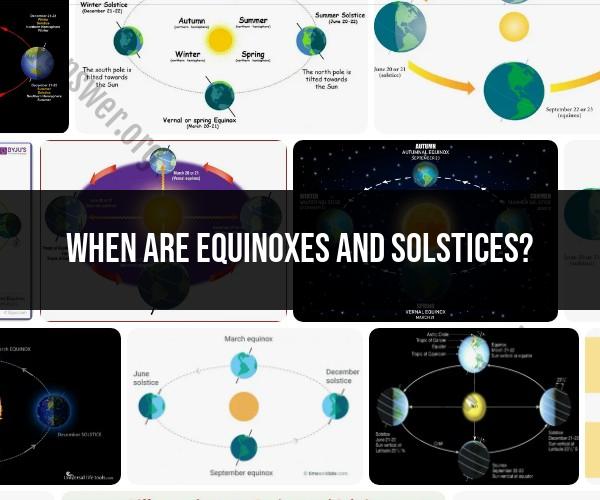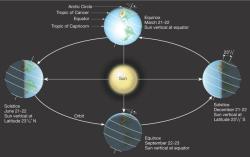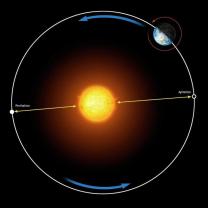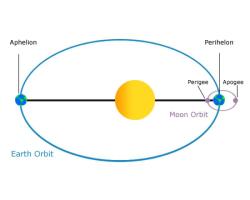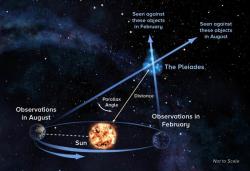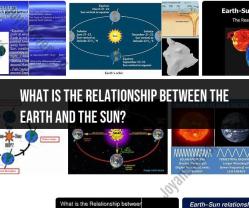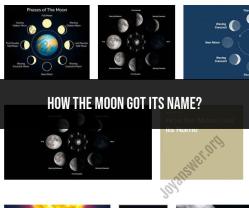When are equinoxes and solstices?
Equinoxes and solstices are astronomical events that mark changes in the Earth's position relative to the Sun and the changing seasons. There are two equinoxes and two solstices in a year. Here are their dates:
Spring Equinox (Vernal Equinox):
- Date: Around March 20th or 21st (varies slightly from year to year).
- Occurs when the Sun crosses the celestial equator from south to north.
- Marks the beginning of spring in the Northern Hemisphere and the beginning of autumn in the Southern Hemisphere.
Summer Solstice:
- Date: Around June 20th or 21st (varies slightly from year to year).
- Occurs when the Sun reaches its highest point in the sky in the Northern Hemisphere.
- Marks the longest day and the official start of summer in the Northern Hemisphere and the shortest day and the beginning of winter in the Southern Hemisphere.
Autumn Equinox (Fall Equinox):
- Date: Around September 22nd or 23rd (varies slightly from year to year).
- Occurs when the Sun crosses the celestial equator from north to south.
- Marks the beginning of autumn in the Northern Hemisphere and the beginning of spring in the Southern Hemisphere.
Winter Solstice:
- Date: Around December 21st or 22nd (varies slightly from year to year).
- Occurs when the Sun reaches its lowest point in the sky in the Northern Hemisphere.
- Marks the shortest day and the official start of winter in the Northern Hemisphere and the longest day and the beginning of summer in the Southern Hemisphere.
These astronomical events are significant because they influence the length of daylight and the angle of the Sun's rays on Earth, which, in turn, leads to changes in weather patterns and the seasons. Equinoxes are the moments when day and night are approximately equal in length, while solstices are the moments when the Sun's position in the sky reaches its extreme points in the Northern and Southern Hemispheres.
Equinoxes and Solstices Explained: A Comprehensive Guide
The equinoxes and solstices are four astronomical events that occur each year. The equinoxes occur when the day and night are of equal length, while the solstices mark the longest and shortest days of the year, respectively.
The Science Behind Equinoxes and Solstices
The Earth's axis is tilted relative to its orbit around the Sun. This tilt causes the Earth to receive more or less sunlight at different times of the year. During the equinoxes, the Earth's axis is tilted neither towards nor away from the Sun, resulting in equal amounts of daylight and darkness all over the world. During the solstices, the Earth's axis is tilted at its maximum towards or away from the Sun, resulting in the longest or shortest days of the year, respectively.
The Timing and Significance of Equinoxes and Solstices
The equinoxes and solstices occur on different dates each year, but they typically occur within a few days of the same dates each year. The vernal equinox, which marks the beginning of spring, typically occurs around March 20th. The summer solstice, which marks the longest day of the year, typically occurs around June 21st. The autumnal equinox, which marks the beginning of autumn, typically occurs around September 22nd. The winter solstice, which marks the shortest day of the year, typically occurs around December 21st.
The equinoxes and solstices have been celebrated by cultures around the world for centuries. They mark the changing seasons and the passage of time. For many cultures, the equinoxes and solstices are also times of spiritual reflection and renewal.
Astronomical Events: The Schedule of Equinoxes and Solstices
Here is a schedule of the equinoxes and solstices for the next few years:
| Year | Vernal Equinox | Summer Solstice | Autumnal Equinox | Winter Solstice |
|---|---|---|---|---|
| 2023 | March 20 | June 21 | September 22 | December 21 |
| 2024 | March 20 | June 20 | September 23 | December 21 |
| 2025 | March 20 | June 21 | September 22 | December 22 |
